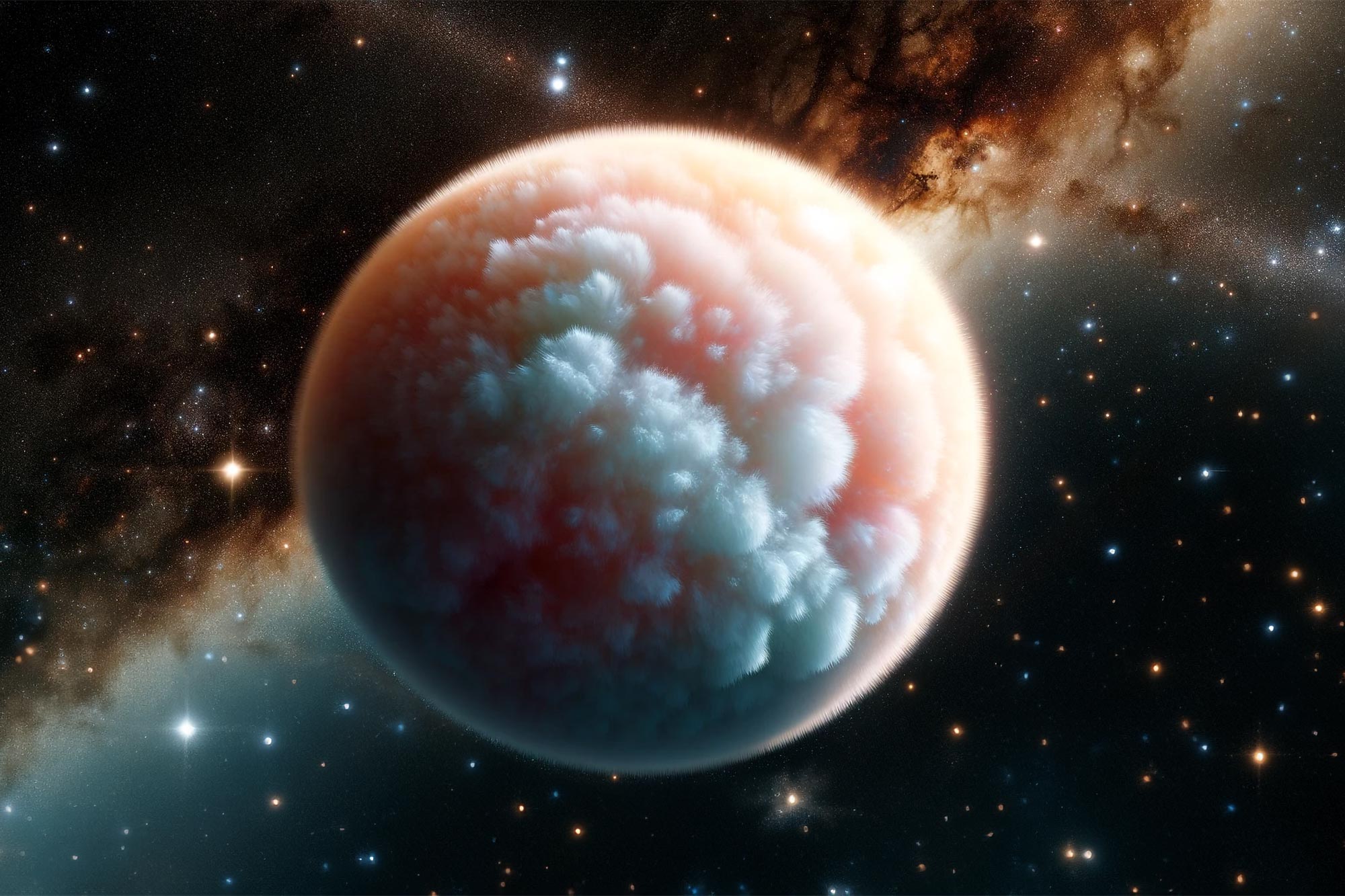 More details: Visit website
More details: Visit websiteIn The News:
WASP-193b, a newly discovered planet, is larger than Jupiter but has a remarkably low density similar to cotton candy. This anomaly challenges existing planetary formation theories and presents a unique case among known planets. Further analysis, particularly of its atmospheric properties, could provide deeper insights into its unusual characteristics. Credit: SciTechDaily.com
Astronomers have discovered WASP-193b, an extraordinarily light planet orbiting a distant star in our galaxy. It outstrips Jupiter in size but matches the density of cotton candy, presenting a mystery in planetary science.
The new planet, named WASP-193b, appears to dwarf Jupiter in size, yet it is a fraction of its density. The scientists found that the gas giant is 50 percent bigger than Jupiter, and about a tenth as dense ⁘ an extremely low density that is comparable to cotton candy.
WASP-193b is the second lightest exoplanet discovered to date, after the smaller, Neptune -like world, Kepler 51d. The new planet⁘s much larger size, combined with its super-light density, make WASP-193b something of an oddity among the more than 5,500 exoplanets discovered to date.
⁘To find these giant objects with such a small density is really, really rare,⁘ says lead author and MIT postdoc Khalid Barkaoui. ⁘There⁘s a class of planets called puffy Jupiters, and it⁘s been a mystery for 15 years now, as to what they are. And this is an extreme case of that class.⁘
⁘We don⁘t know where to put this planet in all the formation theories we have right now, because it⁘s an outlier of all of them,⁘ adds co-lead author Francisco Pozuelos, a senior researcher at the Instituto de Astrof⁘sica de Andaluc⁘a-CSIC (Spain). ⁘We cannot explain how this planet was formed, based on classical evolution models. Looking more closely at its atmosphere will allow us to obtain an evolutionary path of this planet.⁘
Artist⁘s impression of the density of WASP-193b compared to candyfloss. Credit: University of Liege
No comments:
Post a Comment